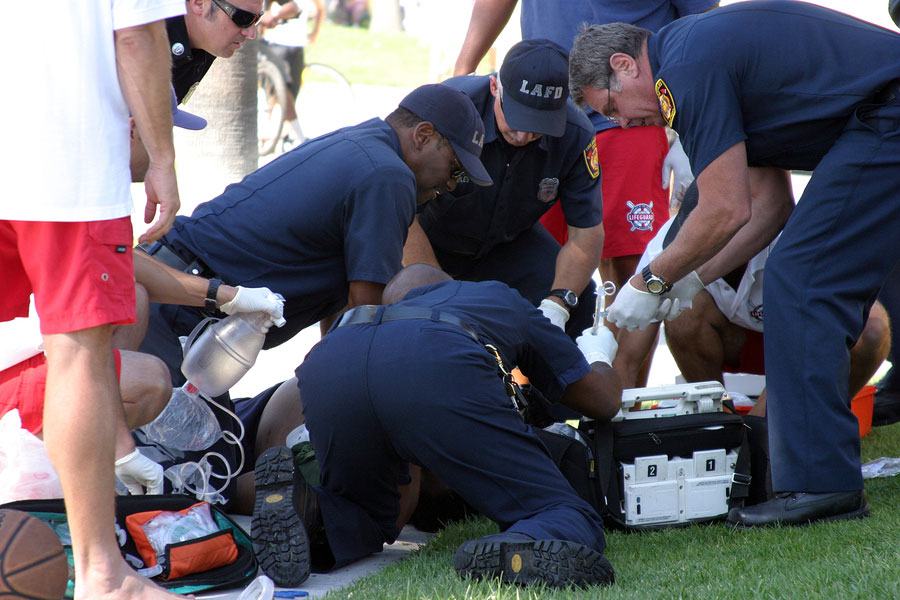To help patients with cardiac arrest receive faster treatment during the critical minutes following the medical incident, researchers at the University of Minnesota are studying how to cram an ambulance with the latest imaging and heart-lung bypass technology. The University is looking to design a “super ambulance” that would make them better equipped than some small hospitals to treat patients with cardiac arrest.
The super ambulance would be able to “shave off minutes” that it takes to treat a patient whose heart has stopped beating due to a blockage in the arteries, greatly improving the chances of survival, said Dr. Demteri Yannopoulos, the director of the University of Minnesota Resuscitation Consortium, a group of hospitals and five EMS agencies collaborating on the research.
The consortium received a $900,000 grant from the Leona M. and Harry B. Helmsley Charitable Trust’s Rural Healthcare Program to work on an improved way to treat patients with cardiac arrest before they get to the hospital. The consortium has already worked to boost survival rates for some patients by prioritizing the transport to hospitals for surgery rather than continued life support efforts at the scene. To increase the chances of survival further, Dr. Yannopoulos is studying ways to get treatment to these patients faster.
The consortium’s research will continue the emerging concept to equip ambulances with doctors and advanced technology. There are about a dozen U.S. hospitals that deploy stroke ambulances, which are equipped with CT scanners to help determine the patient’s loss of blood flow to the brain during the transport to the hospital. In Paris, ambulances are clearly designated with hoods that carry heart-lung bypass pumps so they can quickly take over the care of a patient whose heart has stopped at the scene. The new grant will enable researchers to go even further to study how ambulances can have CT scanners, heart-lung bypass equipment and more. “These super ambulances may be game-changing for people suffering from cardiac arrest,” said Walter Panzirer, a Helmsley trustee.
This new concept was unheard of a decade ago when CT scanners and bypass machines were too large for any vehicle other than an 18 foot wheeler truck. The challenge even now will be to create larger ambulances to hold all this equipment, and still enable them to travel at fast speeds on urban streets and into hospital garages. “I’m not sure I’m even going to call them ambulances,” said Yannopoulos, adding that they might end up being transitional vehicles that receive patients from ambulances.
Source: Star Tribune, “University of Minnesota to design super ambulances to hasten treatment of cardiac arrest,” by Jeremy Olson, October 25, 2017
MedTrust Transport provides emergent and non-emergent ambulance services in Charleston, Myrtle Beach, and Georgetown, South Carolina. We have trained EMT personnel and a fleet of fully-equipped ambulances. We aim to provide compassionate and timely patient care.

